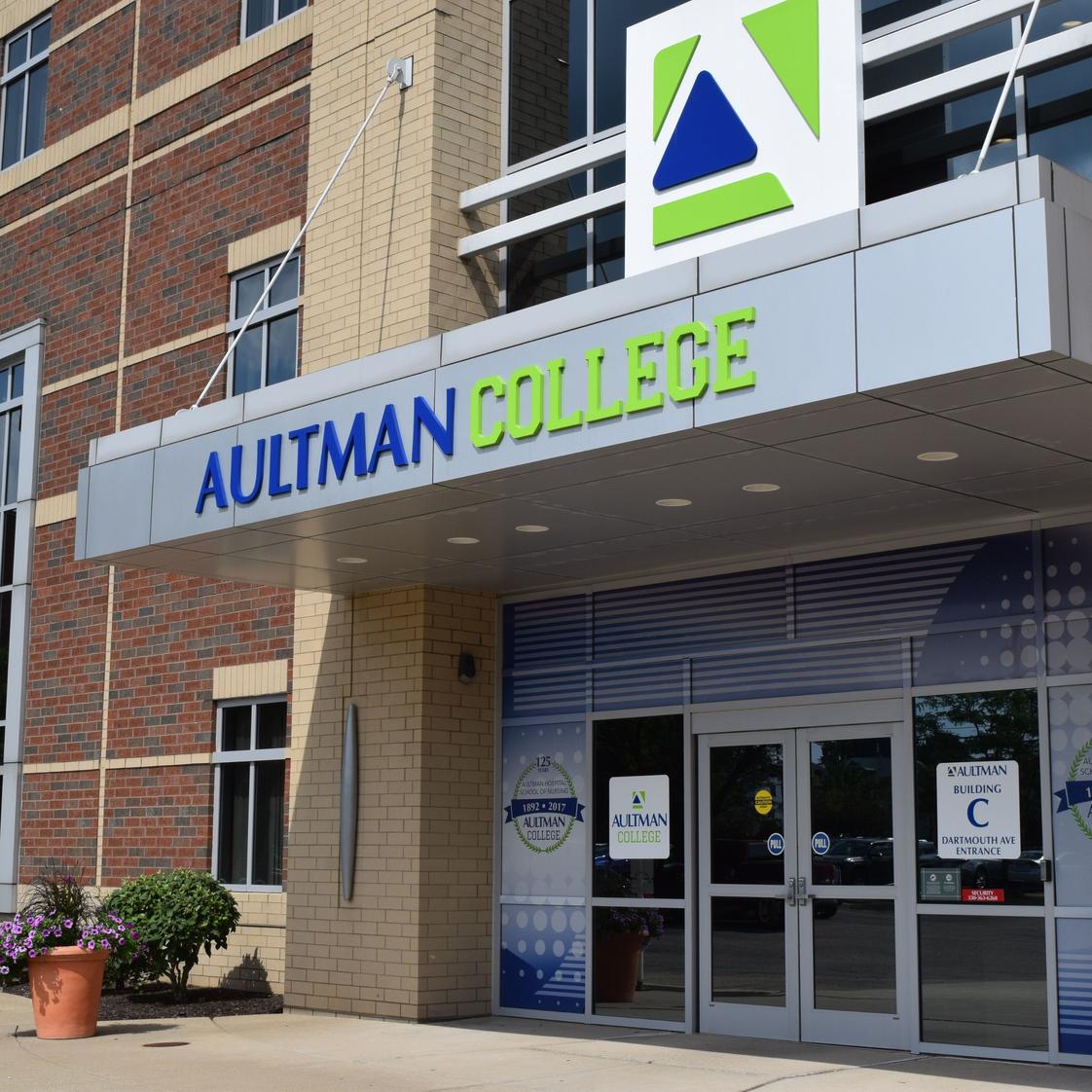The average community college acceptance rate in Ohio is approximately 74% per year (2025).
The most selective college in Ohio is currently Aultman College of Nursing and Health Sciences, with an acceptance rate of 32%.
Acceptance Rate Range: 32%
100%
Avg. Acceptance Rate: 74%
Most Selective Community Colleges in Ohio (2025)
College
Acceptance Rate
Location
Rank: #11.
Aultman College of Nursing and Health Sciences![Aultman College of Nursing and Health Sciences Photo - Aultman College Aultman College of Nursing and Health Sciences Photo - Aultman College]()

Private not-for-profit
Acceptance Rate: 32%
2600 6th St SW
Canton, OH 44710
(330) 363-6347
Canton, OH 44710
(330) 363-6347
Rank: #22.
Mercy College of Ohio![Mercy College of Ohio Photo - Start your journey with Mercy College of Ohio. Mercy College of Ohio Photo - Start your journey with Mercy College of Ohio.]()

Private not-for-profit
Acceptance Rate: 41%
2221 Madison Avenue
Toledo, OH 43604
(419) 251-1313
Toledo, OH 43604
(419) 251-1313
Rank: #33.
The North Coast College
Private for-profit
Acceptance Rate: 50%
11724 Detroit Avenue
Lakewood, OH 44107
(216) 221-8584
Lakewood, OH 44107
(216) 221-8584
Rank: #44.
Professional Skills Institute
Private for-profit
Acceptance Rate: 62%
1505 Holland Road
Maumee, OH 43537
(419) 720-6670
Maumee, OH 43537
(419) 720-6670
Rank: #55.
The Christ College of Nursing and Health Sciences
Private not-for-profit
Acceptance Rate: 64%
2139 Auburn Avenue
Cincinnati, OH 45219
(513) 585-2401
Cincinnati, OH 45219
(513) 585-2401
Rank: #66.
Athena Career Academy
Private for-profit
Acceptance Rate: 70%
5203 Airport Hwy
Toledo, OH 43615
(419) 472-1150
Toledo, OH 43615
(419) 472-1150
Rank: #7 - 87. - 8.
ITT Technical Institute-Norwood (Norwood - 45212)
Private, for profit
Acceptance Rate: 73%
4750 Wesley Ave
Cincinnati, OH 45212
(513) 531-8300
Cincinnati, OH 45212
(513) 531-8300
Rank: #7 - 87. - 8.
Remington College-Cleveland Campus
Private not-for-profit
Acceptance Rate: 73%
14445 Broadway Ave
Cleveland, OH 44125
(440) 777-2560
Cleveland, OH 44125
(440) 777-2560
Rank: #99.
Hondros College of Nursing
Private for-profit
Acceptance Rate: 82%
4140 Executive Parkway
Westerville, OH 43081
(855) 906-8773
Westerville, OH 43081
(855) 906-8773
Rank: #1010.
Acceptance Rate: 86%
1901 Smucker Rd
Orrville, OH 44667
(330) 683-2010
Orrville, OH 44667
(330) 683-2010
Rank: #1111.
Good Samaritan College of Nursing and Health Science
Private not-for-profit
Acceptance Rate: 89%
375 Dixmyth Ave
Cincinnati, OH 45220
(513) 862-2631
Cincinnati, OH 45220
(513) 862-2631
Rank: #1212.
Herzing University-Akron
Private not-for-profit
Acceptance Rate: 94%
1600 South Arlington Street, Suite 100
Akron, OH 44306
(330) 724-1600
Akron, OH 44306
(330) 724-1600
Rank: #1313.
Acceptance Rate: 98%
7600 Lake Campus Drive
Celina, OH 45822
(419) 586-0300
Celina, OH 45822
(419) 586-0300
Rank: #1414.
The Modern College of Design
Private for-profit
Acceptance Rate: 99%
1725 E David Rd
Kettering, OH 45440
(937) 294-0592
Kettering, OH 45440
(937) 294-0592
Rank: #1515.
Trinity Health System School of Nursing
Private not-for-profit
Acceptance Rate: 100%
4000 Sunset Boulevard Suite 2631
Steubenville, OH 43952
(740) 266-1230
Steubenville, OH 43952
(740) 266-1230
Frequently Asked Questions
What is the Ohio average community college acceptance rate?
The Ohio average community college acceptance rate is 74% for 2025.
What are the most selective community college in Ohio?
The most selective community college in Ohio include Aultman College of Nursing and Health Sciences, Mercy College of Ohio and The North Coast College.
Recent Articles

Obtaining Your Bachelor's Degree at a Community College
Explore the evolving landscape of community colleges offering bachelor's degrees, addressing affordability, accessibility, and workforce needs.

A to Z of Community College Certificates and Courses
From business and healthcare to technology and skilled trades, the article showcases the breadth of options available to students seeking to enhance their knowledge, develop new skills, or pursue career advancement.

What is a Community College?
This comprehensive guide explains what a community college is, its history, and its role in higher education. It covers the types of programs offered, differences from four-year colleges, benefits of attending, and important considerations for prospective students, providing valuable insights for those exploring educational options.








